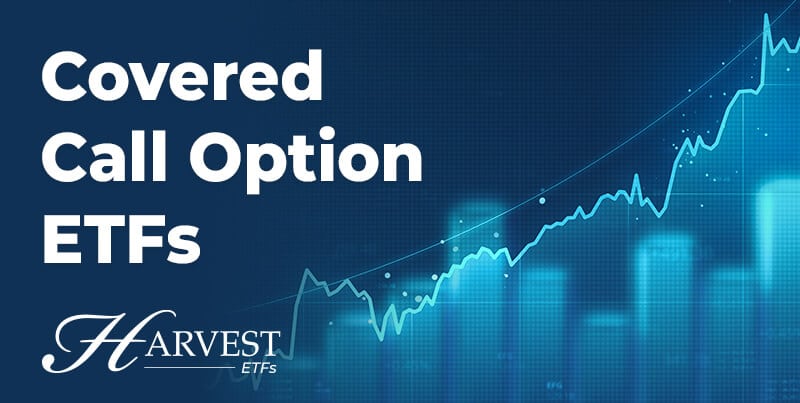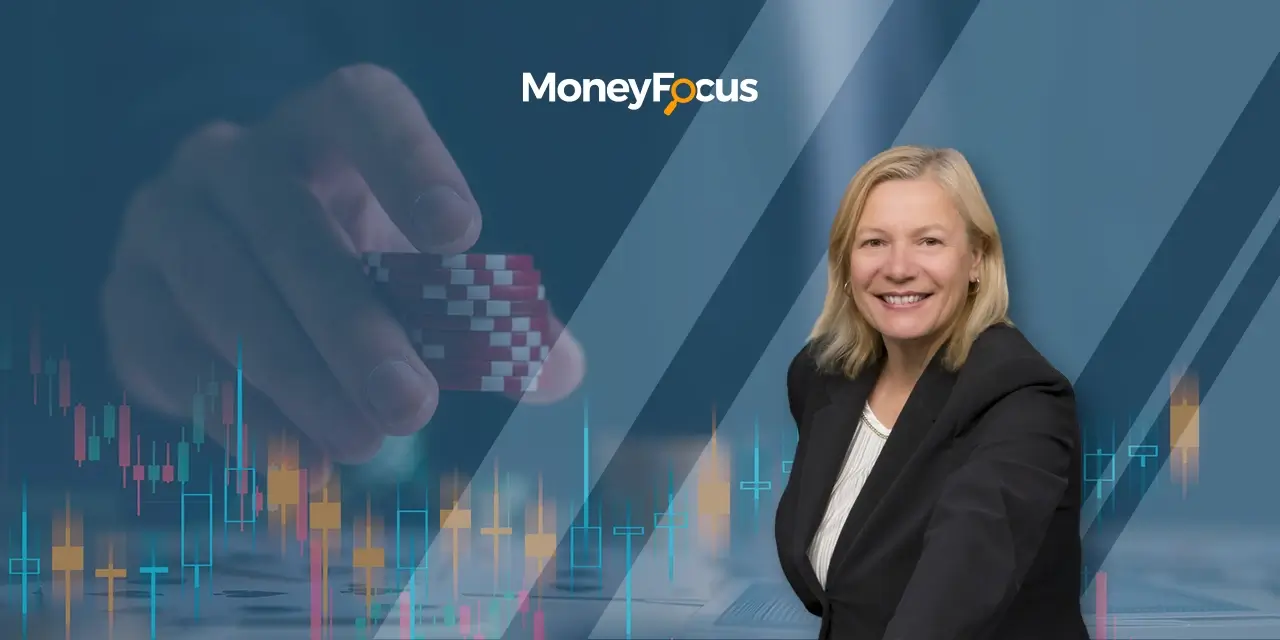By Cooper Langford
This article originally appeared on Moneysense.ca and has been published here with permission.
Investors pursue fixed income for stability and capital preservation. By merging top-tier US Treasury bond ETFs with a covered call strategy, they gain income from regular interest payments, principal return, and covered call premiums. The Harvest Premium Yield 7-10 Year Treasury ETF focuses on medium-term US Treasury bonds, backed by the full faith and credit of the US government. Utilizing up to 100% covered call writing, the ETF aims to optimize monthly cash flow for unitholders. This strategy aligns with capital preservation goals, providing a reliable dual-income stream.
Those days are long gone. The number of Canadians covered by some form of pension-savings program at work—from the gold standard of defined benefit (DB) plans to the more recent shared-risk model of group RRSPs—has been in steady decline for decades.
Where did all the employer pension plans go?
Workplace pension plans are in decline as employers wrestle with costs, investment risk (in the case of DB pensions) and the trend toward greater reliance on contract workers. In the 30 years between 1989 and 2019, the percentage of total Canadian employees covered by registered pension plans fell from 43% to 37%, according to the federal Office of the Superintendent of Financial Institutions (OSFI).
That rate of erosion is cause for concern. But it gets worse when you drill down into the data. The continued prevalence of DB pension plans in the public sector masks a significant—and deeply worrying—trend in the private sector. Many employers have converted their DB plans to a defined contribution (DC), hybrid or other type of plan that carries less risk for themselves and more uncertainty for employees. Between 1989 and 2019, the number of people enrolled in DB programs cratered, falling from 85% to 39%, and participation in DC plans also dropped, from 30% to 17%. (Read about the differences between DB and DC pension plans.)
“The retirement landscape has changed,” says Michael Kovacs, chief executive officer of Harvest Portfolio Group. “For many, traditional retirement planning relied on receiving income from a pension or withdrawing from a fixed amount of capital savings. Those would be supplemented by Canada Pension Plan and Old Age Security payments and fixed assets like bonds and GICs. It’s not like that anymore.”
The challenge for Canadians, Kovacs continues, is to find ways to generate income from their retirement savings. This is especially important as life expectancy increases among Canadians and retirees face a greater need to conserve—even grow—capital over more years.
Replacing pensions with savings and investments
On the upside, the decline in pension coverage has been somewhat offset by increased opportunities to save and invest on a tax-deferred and even tax-free basis. In 1990, as the decline in pension coverage was taking hold, the federal government increased the maximum annual contribution to registered retirement savings plans (RRSPs) from 10% to 18%. Meanwhile, old caps on maximum contributions were indexed to annual wage increases so that individuals could save more as their incomes increased. In 2023, the maximum contribution stands at more than $30,000.
Rules have also been relaxed on holding non-Canadian investments inside RRSPs and, in 2009, the federal government created the tax-free savings account (TFSA), which provides an excellent opportunity to grow wealth on a tax-free basis. Withdrawals are tax-free, too.
But these opportunities to save and invest are not a panacea. Retirement planning is a multi-faceted issue shaped by many forces. Employers, for example, are increasingly relying on contract or gig workers to meet their staffing requirements. (A 2021 survey by the human resources firm Ceridian found that almost two-thirds of expected freelance or gig workers would substantially replace full-time employers in the next five years.) That means fewer Canadians are receiving employer benefits such as RRSP matching.
Market volatility and interest rate uncertainty, meanwhile, make it a challenge to predict how much money will end up in a retirement nest egg. The recent surge in inflation has left many Canadians fearing their hopes and plans are sliding out of reach.
Creating an income stream in retirement
Managing all these issues is a difficult needle to thread, but it’s not impossible. Harvest ETFs, for example, applies a double-barrelled strategy to its equity income ETFs to create reliable, tax-efficient income streams.
First, it focuses on sectors that offer sustainable, long-term growth potential. Examples include health care, utilities and technology. Within those sectors, it selects top-performing companies that have strong track records of paying dividends and increasing them over time. Companies within the funds are also selected to give unit holders diversification across subsectors, geographies and markets.
Second, Harvest ETFs uses a covered call strategy to enhance yields from companies within its funds. “So, returns are made up of the value of the investments themselves, plus the income being paid,” Kovacs says. “The covered call strategy also provides for better tax treatment of the income if it’s not inside an RRSP or another registered account. Covered call income is treated like a capital gain, which is better from a tax perspective than earned income or interest income.”
What is covered call writing?
Covered call writing is a strategy that uses call options to generate additional cash flow from stock holdings. Call option ETFs (also known as covered call ETFs or equity-income ETFs) generate additional income by “writing” (selling) call options on some of the stocks they hold and then distributing the premiums to investors. These ETFs can provide high monthly cashflow and tax efficiency, and they reduce loss during turbulent markets.
The income generated by covered call options usually involves trading an element of market upside opportunity. If the market rises, the holder of the options contract will exercise their right to purchase, and the ETF won’t participate in some growth. To limit this trade-off, ETF providers practice active management and limit options writing to a certain percentage of portfolio holdings—at Harvest ETFs, for example, the limit is 33%.
One example is the Harvest Brand Leaders Plus Income ETF (HBF), which focuses on top global brands and selects individual companies based on a careful analysis of metrics such as market share, price-to-earnings ratios and dividend payment history.
“The companies in the ETF are some of the best and most recognized in the world,” Kovacs says. “The fund is diversified across eight sectors, and the call-option writing provides monthly income. Basically, it’s a one-stop shop for growing your capital over time while paying yourself a steady income.”
Which leads to a final point: The best retirement is one that isn’t difficult to understand. “Keep it simple,” Kovacs says. “We want our unitholders to know what they own. We want them to look at their statements or our website and see the ETF holdings are what they thought they were buying.”












